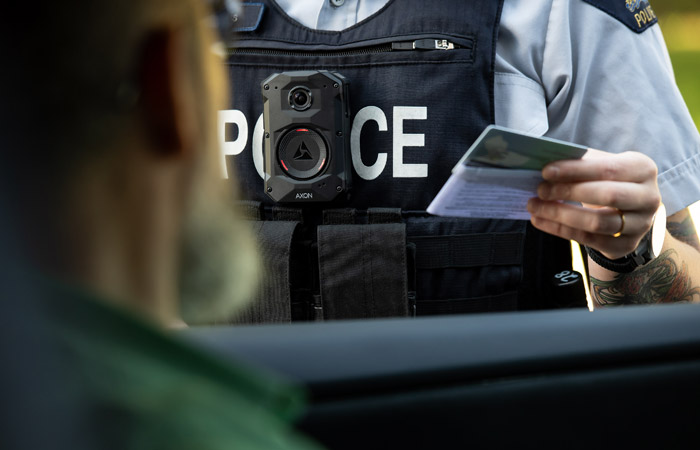As part of the RCMP’s ongoing efforts to be transparent and accountable to the communities served, RCMP officers in Steinbach, as well as others in the province, will start using body-worn cameras.
“Communities have been asking for more accountability and transparency in policing,” said Assistant Commissioner Scott McMurchy, Commanding Officer, Manitoba RCMP. “We are very pleased to say that the RCMP has listened and is deploying body-worn cameras throughout Manitoba. With today’s launch, it truly demonstrates our commitment to enhancing the trust between the Manitoba RCMP and the communities we so proudly serve throughout the province.”
The use of these cameras will be complemented by a digital evidence management system that will be used to store and manage body-worn video.
The following detachments will be the first to receive the cameras:
- Steinbach – November 22, 2024
- Portage la Prairie – December 4, 2024
- Amaranth – December 4, 2024
- Treherne – December 4, 2024
- East St. Paul – January 7, 2025
- Grand Marais – January 7, 2025
- Selkirk – January 7, 2025
- St-Pierre-Jolys – January 22, 2025
In total, between November 22, 2024, and April, 2025, it is expected that over 490 Manitoba RCMP officers in 44 detachments will be equipped with body-worn cameras. This will include detachments that provide policing services to Ebb and Flow First Nation, Peguis First Nation, Sioux Valley Dakota Nation,Chemawawin Cree Nation, O-Pipon-Na-Piwin Cree Nation as well as a number of other First Nation communities.
All other detachments throughout Manitoba will have body-worn cameras and the digital evidence management system rolled out to them in a phased approach over the course of the next 18 months.
Body-worn cameras can help increase trust between police and the communities they serve because the video evidence collected will provide an independent, unbiased, and objective way to capture interactions between the community and police officers. It will also help resolve public complaints more quickly, and improve evidence gathering.
RCMP officers will usually be wearing their body-worn cameras on their chest and the public will know it’s recording when a red light is visible and flashing below the lens of the camera.




